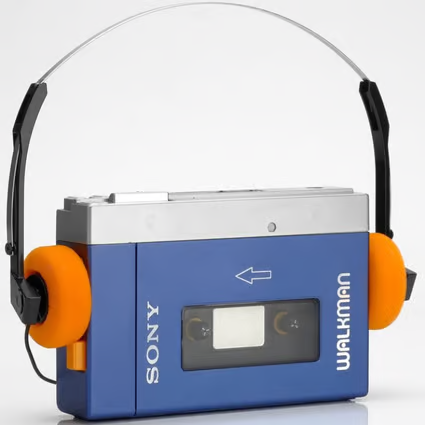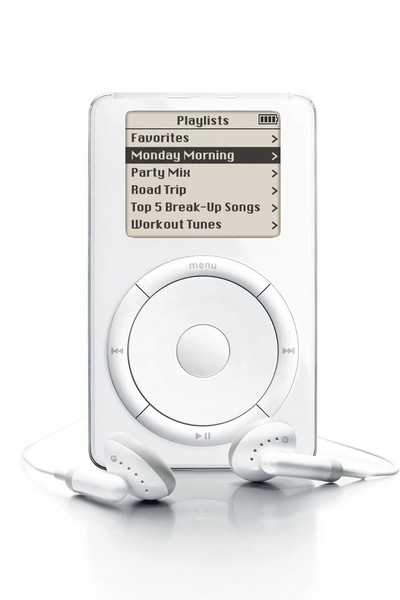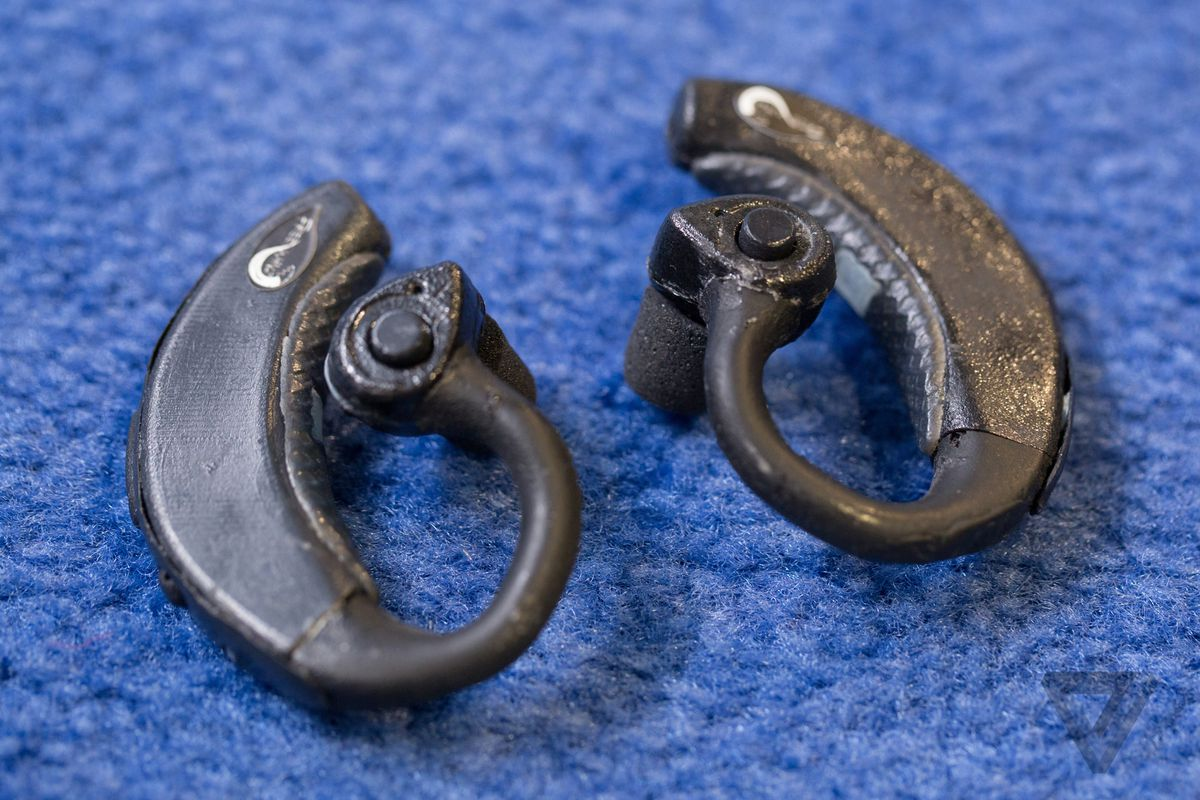I. Introduction
The evolution of headphone technology reflects advancements in both audio and wireless communication technology. Weh are going to review the history of headphones technology from the first headphones by Ernest Mercadier in 1891 to Srhythm headphones in 2023.
This has been transforming the way we listen to music, engage in communication, and interact with multimedia. This evolution spans over a century, from rudimentary telephonic receivers to modern active noise-cancellation (ANC) headphones.
II. Early Beginnings: The Birth of Headphones (1891 – 1950s)
The journey of headphones began in the late 19th century. Here is a brief timeline:
- 1891: The first headphones were introduced by a French engineer, Ernest Mercadier, designed for telephone operators.
- 1910: Nathaniel Baldwin developed the first successful set of audio headphones.

alt:Nathaniel Baldwin developed the first successful set of audio headphones
- 1958: The first stereo headphones were invented by John C. Koss, a major breakthrough that significantly improved the quality of sound.
III. Transition to Portability: Earbuds and Walkman (1980s - 2000s)
The need for portable music listening devices led to the invention of the earbuds and the Walkman.
- 1980: Sony introduced the Walkman, revolutionizing the way people listened to music on the go. The device came with lightweight headphones, further promoting the idea of portable music.

alt:Sony Walkman
- 2001: Apple released the iPod, accompanied by the iconic white earbuds. The iPod and its accompanying earbuds would go on to dominate the portable music scene in the 2000s.

alt:iPod, accompanied by the iconic white earbuds
IV. Advent of Bluetooth: The Start of Wireless Era (2000s - 2010s)
Bluetooth technology, allowing wireless transmission of data, revolutionized headphone technology.
- 2000: Ericsson, the Swedish telecommunications company, introduced Bluetooth technology, enabling wireless communication between devices.
- 2004: The first stereo Bluetooth headphones hit the market, allowing users to listen to music wirelessly.
- 2007: Apple introduced the iPhone, which would later play a significant role in promoting Bluetooth headphones.
- 2016: Apple removed the headphone jack from its iPhone 7, pushing the industry towards wireless earphones, culminating in the launch of the Apple AirPods.

Alt: first Bluetooth earphones
V. Active Noise Cancellation (ANC): The Pinnacle of Headphone Technology (2000s – Present)
Active Noise Cancellation technology emerged as a solution for eliminating unwanted external noise, and improving the audio experience.
- 2000: Bose introduced the QuietComfort line, the first commercial headphones with Active Noise Cancellation.
- 2009: Bose's QuietComfort 15 was released, greatly improving ANC technology.
- 2016: Apple introduced the AirPods Pro with ANC technology in 2019, which helped popularize this technology among the broader consumer base.
- 2020–present: Other manufacturers have followed suit, releasing headphones with ANC technology. The market now offers a plethora of ANC headphones options, each offering varying degrees of noise cancellation, sound quality, and additional features. Based on features, there exist on-ear headphones, over-ear headphones, and professional respectively.

VI. Current State and Future of Headphone Technology.
Today's headphone technology is characterized by wireless designs, superior sound quality, and sophisticated features like ANC and voice-activated AI assistants. But what lies ahead?
- Improved ANC: We can expect to see enhancements in ANC technology, providing better noise cancellation in a wider variety of environments and frequencies.
- AI and Machine Learning: Headphones might use AI and machine learning algorithms to adapt to a user's preferences. Such as automatically adjusting volume or EQ settings based on the ambient environment or the type of music being played.
- Augmented Reality (AR) and Virtual Reality (VR) Integration: As AR and VR continue to evolve, so too will the role of headphones. Immersive sound experiences will become critical to the virtual experience, necessitating advancements in headphone technology.
- Health Monitoring: With the rise of wearables, future headphones could also include health monitoring features. This will include heart rate or sleep pattern tracking, giving them dual roles as both audio and health devices. Read more about how to protect your hearing with ANC headphones.
VII. Conclusion
From the early days of rudimentary telephone receivers to the advanced active noise-canceling Bluetooth headphones of today, the evolution of headphones has been marked by innovative breakthroughs and cultural shifts in how we consume media.
As technology continues to evolve, the headphones of the future promise to be even more advanced, with capabilities beyond what we can imagine today.
Regardless of what the future holds, one thing is for certain: headphones, in whatever form they take, will continue to provide us with the means to enjoy audio privately, conveniently, and with a high level of quality. Today's ANC headphones are but a stepping stone to an even more immersive audio experience that awaits us in the not-so-distant future.




